Since many artificial sweeteners aren’t derived from natural sources, most of them aren’t allowed on the Paleo diet.
This is because artificial sweeteners are man-made substances & aren’t natural.
Artificial sweeteners are typically used as a replacement for sugar in order to reduce a food’s caloric & carbohydrate content.
However, this doesn’t mean that all artificial sweeteners are off-limits if you follow the paleo diet.
In this article, we’ll take a closer look at some of these artificial sweeteners and see whether they are allowed on the Paleo diet or not.
What Are Artificial Sweeteners?
Artificial sweeteners are substances that are used as a replacement for sugar in order to reduce a certain food’s carbohydrate or caloric content. The most common artificial sweeteners are aspartame (diet soda,) sucralose (Splenda,) & saccharin (Sweet ‘N Low.)
Most artificial sweeteners are chemically manufactured, which makes them different from other natural non-nutritive sweeteners such as stevia, monk fruit, & erythritol.
In addition to that, most artificial sweeteners aren’t nutritionally beneficial since they contain no vitamins or minerals.
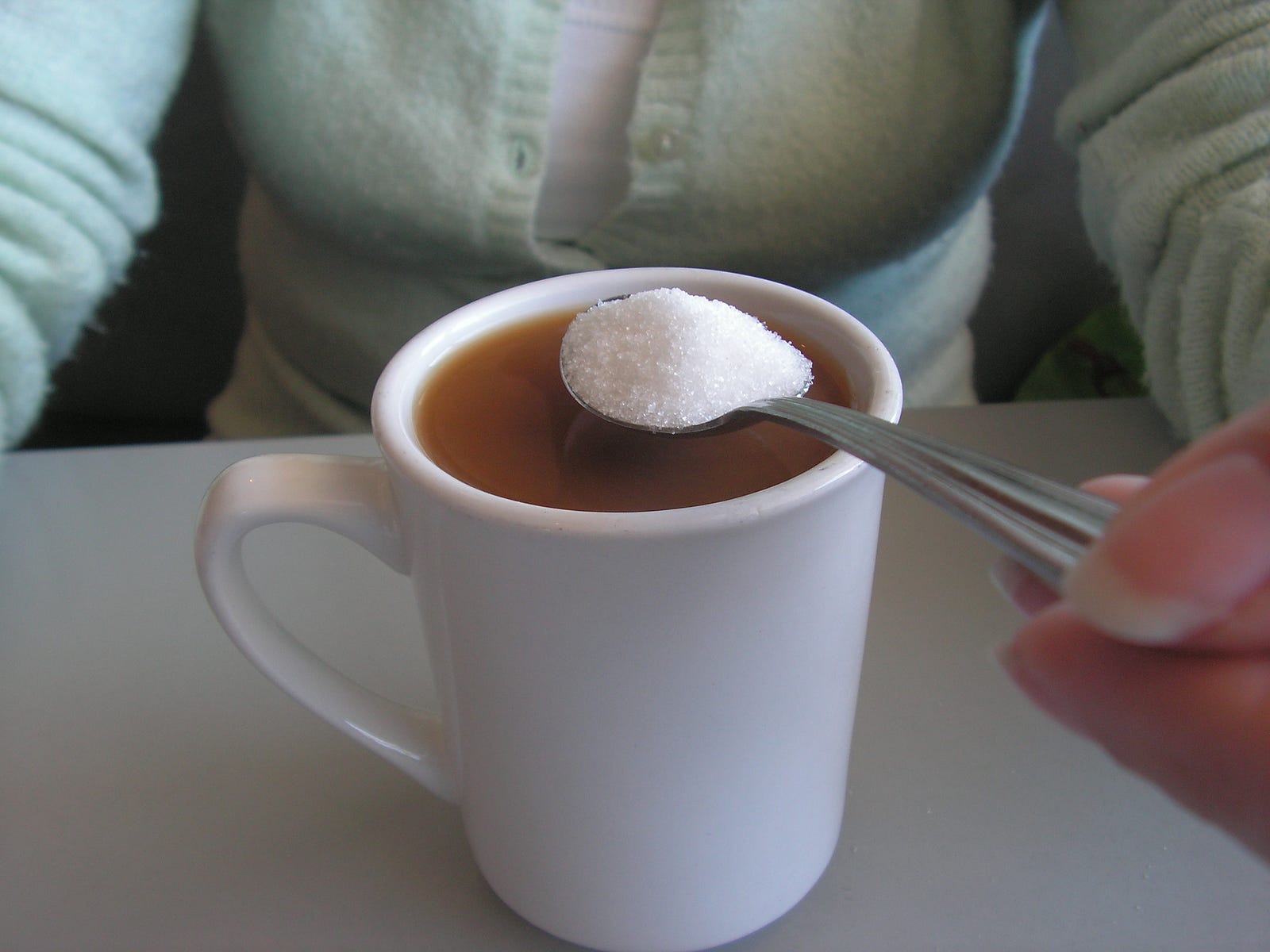
Are Artificial Sweeteners Paleo?
No, most artificial sweeteners aren’t paleo. This is because most artificial sweeteners, like aspartame, sucralose, etc, aren’t natural & didn’t exist during the Paleolithic age.
Which Artificial Sweeteners Do You Need to Avoid on Paleo?
Artificial sweeteners like aspartame, sucralose, saccharin, acesulfame-k, & sugar alcohols, like xylitol, need to be avoided on a paleo diet. And since these sweeteners are artificial & can lead to toxic effects on the body, they need to be avoided on a Paleolithic diet.
But, this information can be confusing for people who just use sweetener packets, like Splenda, & don’t know what artificial sweetener they’re actually using.
Which Brand Names of Artificial Sweeteners Do You Need to Avoid on Paleo?
On paleo, you should avoid brand-name artificial sweeteners like:
- Splenda (sucralose)
- Sweet ‘N Low (saccharin)
- Sugar Twin (saccharin)
- Equal (aspartame & acesulfame-k)
- Stevia In The Raw (dextrose & stevia)
As I’ve mentioned before, since these sweeteners are man-made & can lead to negative health consequences, you should avoid them on a paleo diet.
But, that doesn’t mean that all hope is lost for my paleo people who want to consume sweet foods without using sugar.
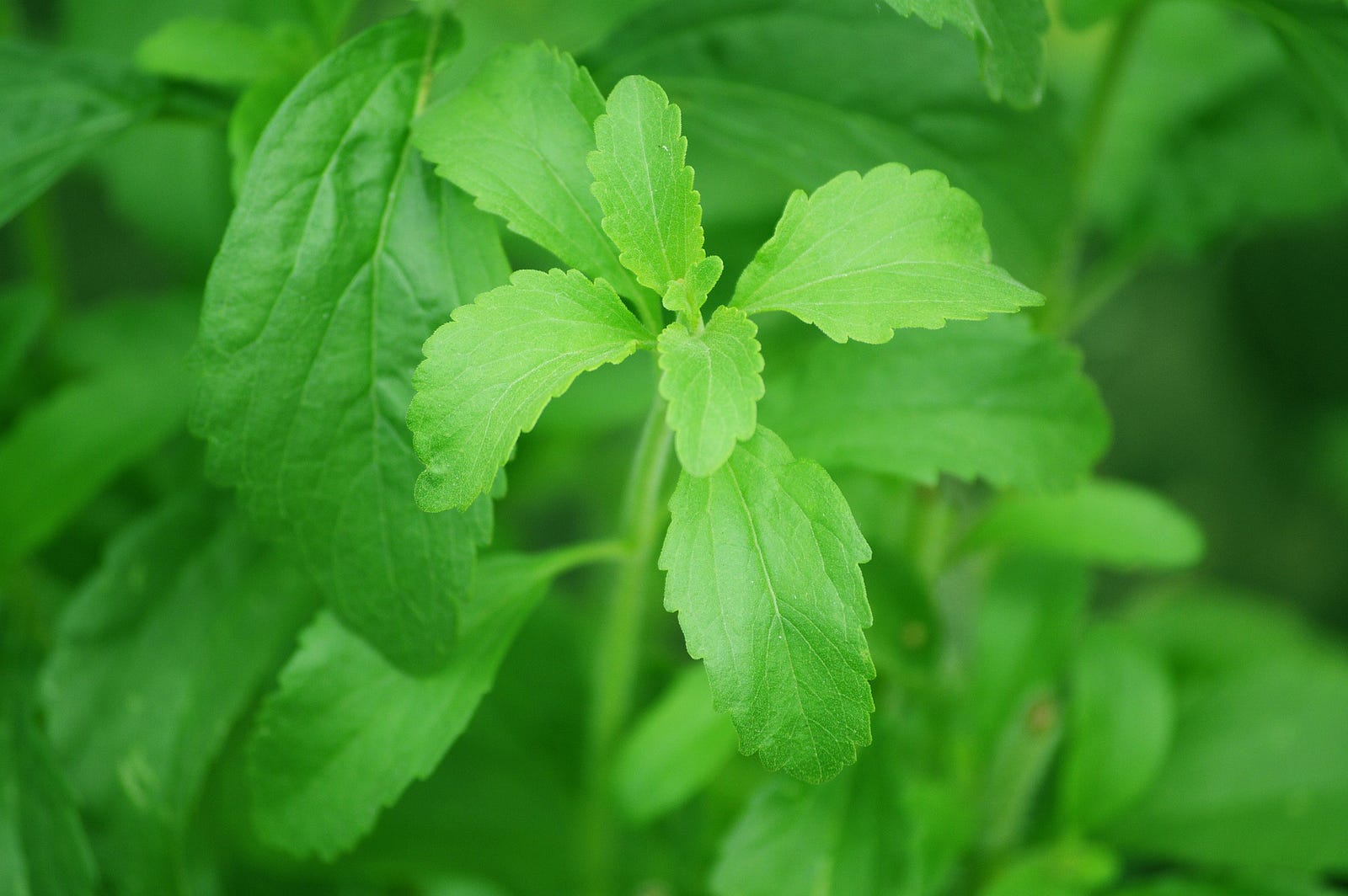
Which Zero-Calorie Sweeteners Can You Use on the Paleo Diet?
You can use these natural zero-calorie sweeteners on a paleo diet since they don’t contain any artificial substances:
- Raw stevia
- Raw monk fruit
- Chicory root
- Erythritol
And, another great thing about these sweeteners is that they don’t cause the toxic effects that come from most other artificial sweeteners.
In addition to that, they also don’t cause the digestive issues that most sugar alcohols cause.
However, if you’re doing strict paleo, you shouldn’t consume these sweeteners either, even though they’re natural.
This is because these sweeteners can, like sugar, can cause you to crave sweet foods more.
But, if you do allow yourself to consume natural sweeteners on paleo, then you can consume these sweeteners.
Now I’ll talk about each sweetener in more detail so you know what to look out for & so you can know which one to choose.
Raw Stevia
Raw stevia is a great paleo-friendly sweetener because it’s 100% natural, but is still low in carbs & calories. The stevia sweetener comes from the dry leaves of the stevia plant.
Raw stevia is around 200x sweeter than sugar, so you only need to use a little bit of it at a time when sweetening your food.
But, whenever you buy stevia on a paleo diet, make sure that it’s 100% stevia.
If it isn’t 100% stevia & is instead a blend of multiple sweeteners, then it might have other, non-paleo ingredients like dextrose or maltodextrin,
As long as the product’s packaging says “100%” or “pure” stevia, or if it’s a stevia extract, then it’s paleo-friendly.
My favorite 100% stevia sweetener is this one.

Raw Monk Fruit
Raw monk fruit is a paleo-friendly sweetener because it’s natural & doesn’t contain any artificial ingredients.
Monk fruit sweetener comes from the melon-like monk fruit plant that originally originated from China.
Like pure stevia, pure monk fruit is around 150 – 200 times sweeter than sugar, so you only need to use a little bit of it at a time to sweeten your food.
Monk fruit has been used for almost a thousand years as a sweetener in Asia.
But, since monk fruit is natural, has zero calories, & tastes sweet, people in the rest of the world have finally started using it.
But, similarly to stevia, most monk fruit sweetener brands are mixed with different, non-paleo ingredients.
Because of that reason, make sure to only buy monk fruit sweetener blends that only contain paleo-friendly ingredients, like this one.
Chicory Root
Chicory root is a natural, paleo-friendly, & zero-calorie sweetener. Chicory root is actually fiber, but it tastes sweet & has zero calories so it’s used as a sugar-free sweetener.
Chicory root, which also goes as inulin, isn’t as sweet as most other sweeteners, so you don’t have to be as careful when using it.
Another thing to remember with chicory root is that, like other fibers, it gels up when it comes in contact with water.
So, if you’re sweetening a food that contains water, expect it to thicken up a little.
And unlike most other sweeteners, most chicory root brands don’t contain artificial ingredients & are already natural & paleo-friendly.
If you’re interested in buying chicory root, you can buy my favorite chicory root here.
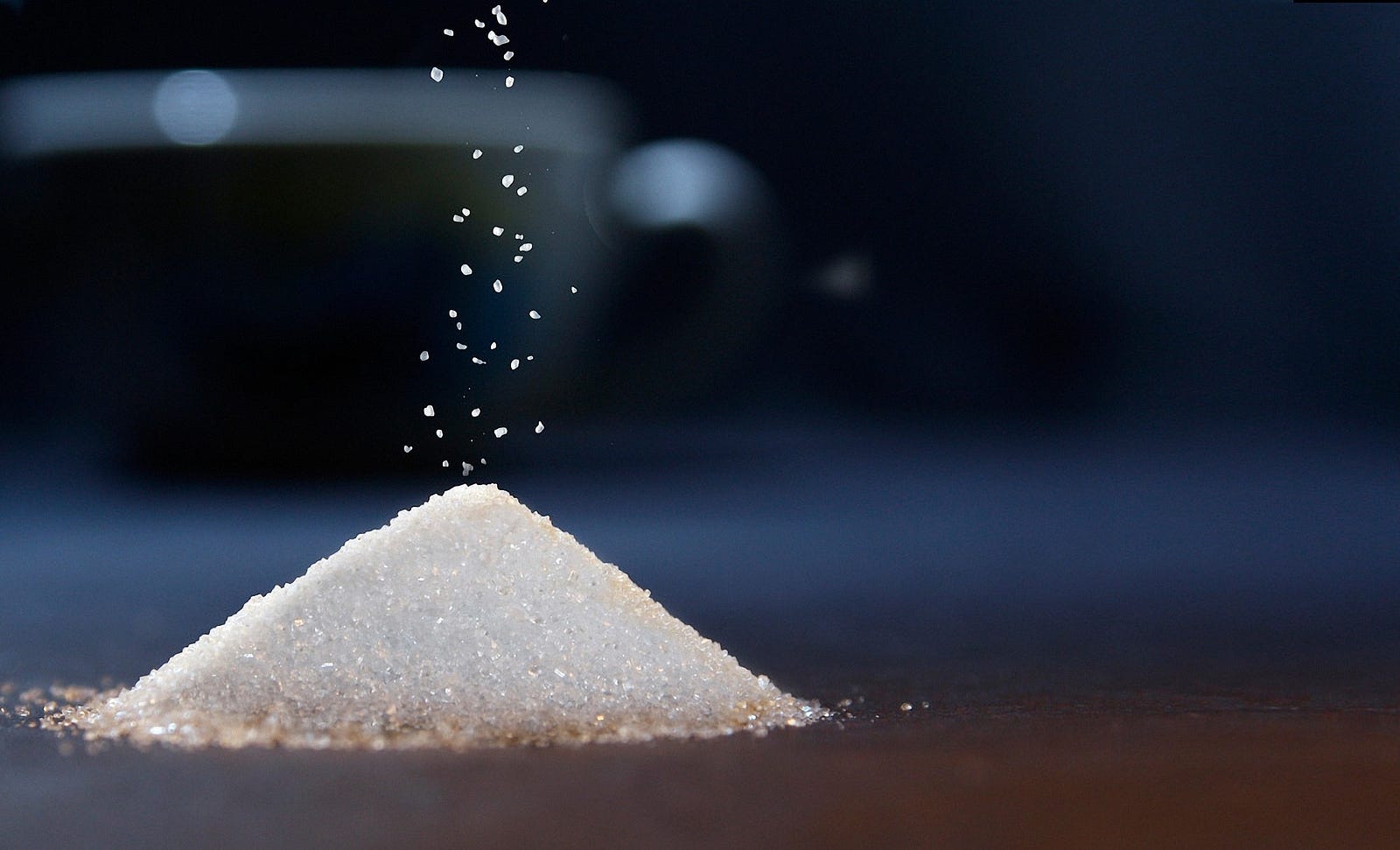
Erythritol
Erythritol is a zero-calorie, low-carb alternative to sugar. It’s one of the most popular natural sugar alternatives on the market right now.
But, some people on paleo get put off by erythritol because it has an artificial-sounding name.
However, even though erythritol has a chemical-sounding name, erythritol is actually natural because it comes from birch trees.
But, one small problem with erythritol is that it causes a cooling effect on the mouth when you eat it.
For me, that isn’t a problem, but for some others it can be an issue.
If you’re interested in buying erythritol, you can buy my favorite, paleo-friendly erythritol here.
FAQ
Now I’ll answer some of the most common questions that people ask me about artificial sweeteners on paleo.
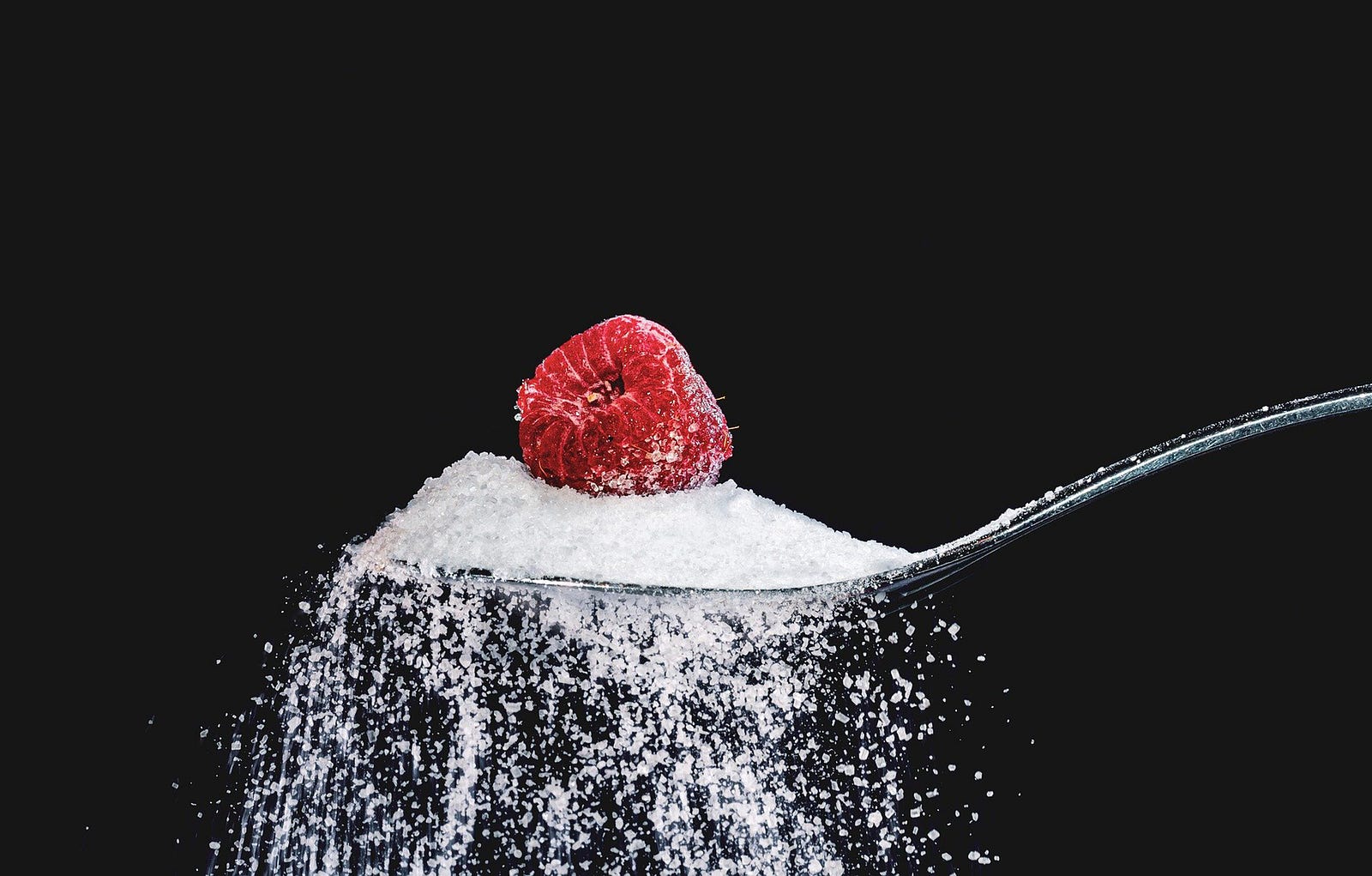
Is Aspartame Paleo-Friendly?
Aspartame is an artificial sweetener that isn’t allowed on the Paleo diet since it’s artificial.
It can be found in a variety of different foods, including various low-calorie beverages, some yogurts, and even a few snack bars.
Aspartame is also commonly used in baking and cooking recipes.
Is Cyclamate Paleo-Friendly?
Cyclamate is an artificial sweetener that isn’t allowed on the Paleo diet since it isn’t natural.
Cyclamate was also banned from use in the United States due to the fact that it was once linked to an increased risk of bladder cancer.
Is Saccharin Paleo-Friendly?
Saccharin isn’t paleo-friendly because it’s artificial & didn’t exist during the Paleolithic age.
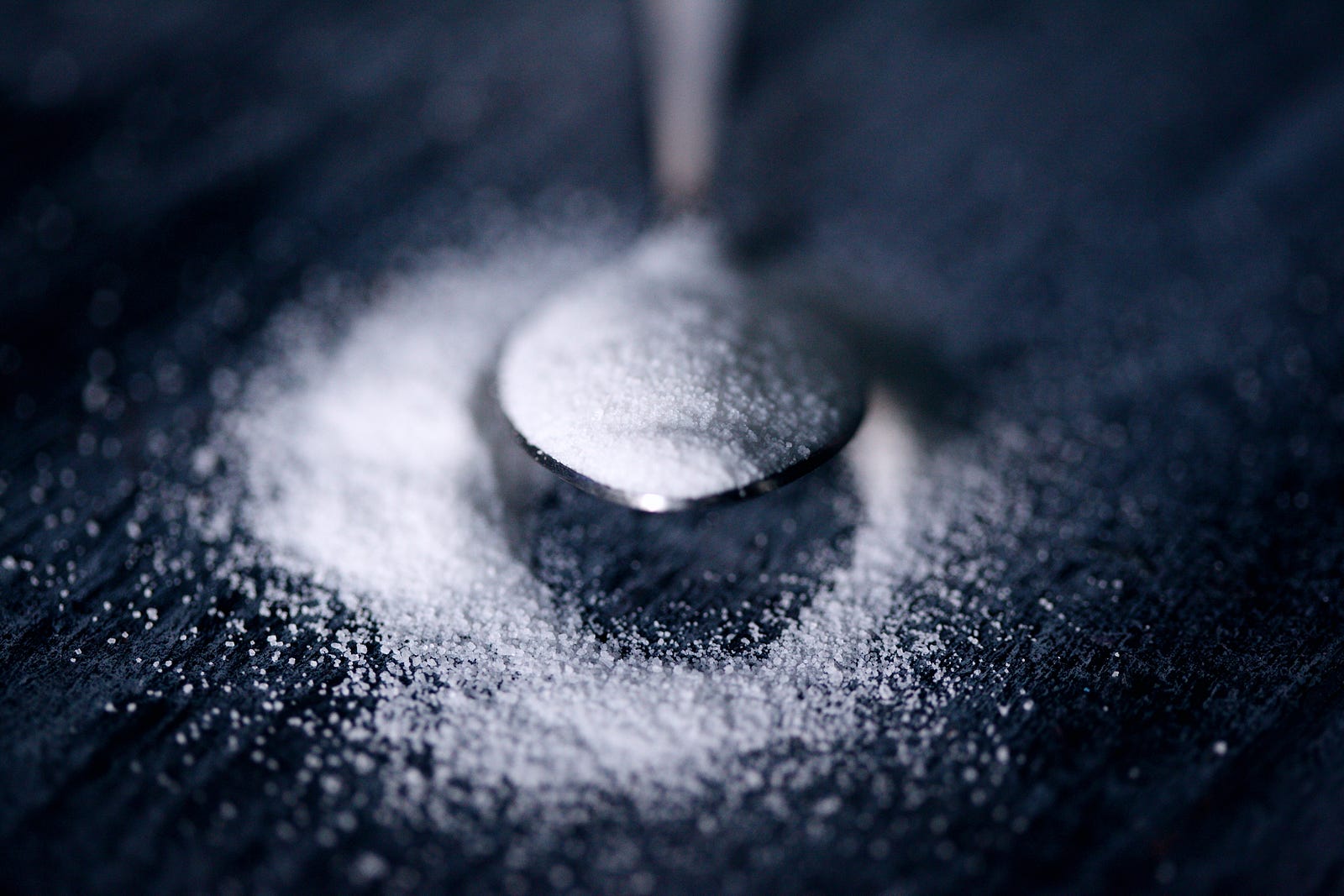
Is Sucralose Paleo-Friendly?
Sucralose, which usually goes under the brand name Splenda, is a nonnutritive sweetener that’s not paleo-friendly. Sucralose isn’t allowed in the paleo diet because it isn’t natural & didn’t exist thousands of years ago.
Is Stevia Paleo-Friendly?
Since Stevia is natural & comes from a plant, it’s paleo-friendly. And since it’s a calorie & carb-free alternative to sugar, many people on paleo use stevia.
Is Monk Fruit Paleo-Friendly?
Yes, monk fruit is paleo-friendly because it’s natural. It’s one of the most popular sweeteners for people on natural diets like paleo since it’s low in carbs & calories, but is also natural, unlike most other zero-calorie sweeteners.
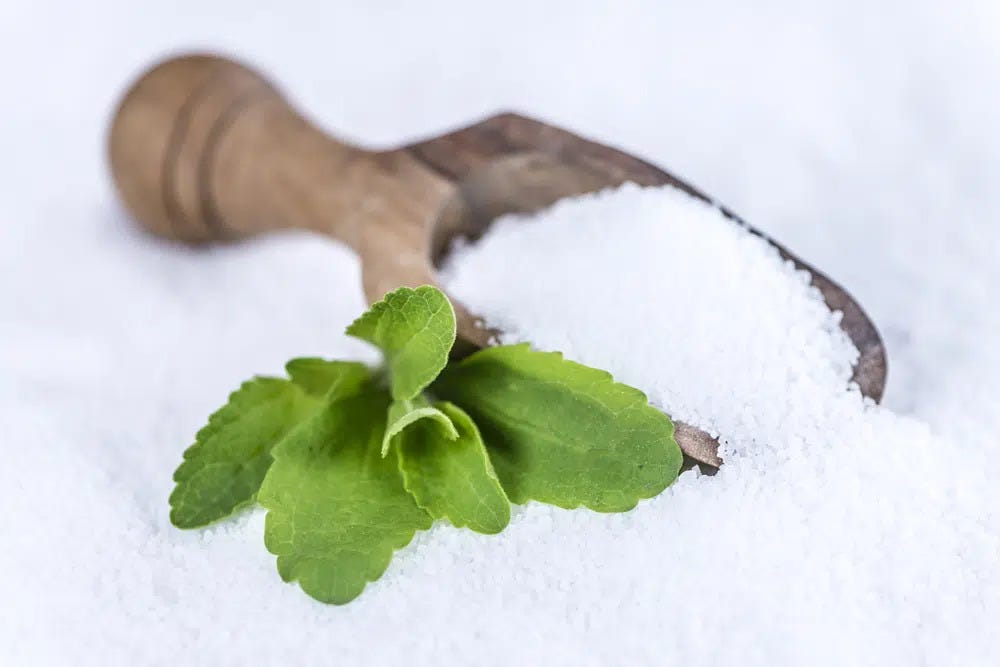
Conclusion
In conclusion, most of the common artificial sweeteners, like Splenda, aren’t paleo-friendly since they aren’t natural.
However, there are still many natural & paleo-friendly alternatives to sugar, like stevia.
But, if you’re doing strict paleo & don’t want to consume anything sweet, you should avoid these sweeteners as well.
And, if you want to read how I lost 40 pounds with OMAD, you can read my article here where I explain what I did on OMAD & how you can lose weight with it too.
- Can You Still Lose Weight If You Aren’t in Ketosis? - February 8, 2023
- Can the Keto Diet Help With Depression? - February 8, 2023
- Why Does Processed Food Make You Fat? - January 2, 2023




